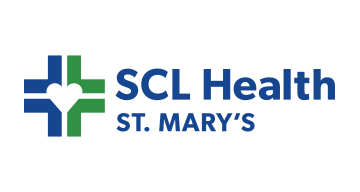
In this session, University of California, San Francisco Health (UCSF) will share their experience in leveraging iQueue’s innovative solutions to optimize patient flow and staff productivity. By adopting iQueue’s Patient Assignment tool, UCSF achieved a 9% improvement in workload balance since go-live, along with an 8% increase in staff productivity.
Additionally, with the implementation of these solutions, 75% of nurses at UCSF now feel that the pace at which patients are assigned to them is reasonable. UCSF has also partnered with LeanTaaS to implement staffing integration, enabling seamless data exchange between iQueue and the electronic health record (EHR) system as well as their workforce management system. This integration streamlines the management of data and scheduling processes, providing a centralized platform for efficient operations. Attendees will gain insights into how these cutting-edge solutions have transformed UCSF’s healthcare delivery, enhancing patient experience, staff satisfaction, and operational excellence.








Take the first step towards unlocking capacity, generating ROI, and increasing patient access.
If you work in the healthcare industry, or even if you’re just an interested observer, you don’t need a book to tell you that the financial pressure is on as never before. A perfect storm of circumstances is swirling together, one that will make survivability, not to mention profitability, a greater challenge for healthcare companies than we’ve seen in the modern era.
As with banks, retailers, and airlines, which had to rapidly enhance their brick-and-mortar footprints with robust online business models—it is the early movers eager to gain new efficiencies that will thrive and gain market share. The slow-to-move and the inefficient will end up being consolidated into larger health systems seeking to expand their geographical footprints.
Let’s look at just a few of the looming challenges healthcare must meet head-on.
An aging population
By the year 2030, the number of adults sixty-five years of age or older will exceed the number of children eighteen years or younger in the United States. We are living longer than our parents did. Positive news for sure, but problematic for several reasons.
The older we get, the more medical help we need. Older people have more chronic diseases. By 2025, nearly 50 percent of the population will suffer from one or more chronic diseases that will require ongoing medical intervention. This combination of an aging population and an increase in chronic diseases will create a ballooning demand for healthcare services.